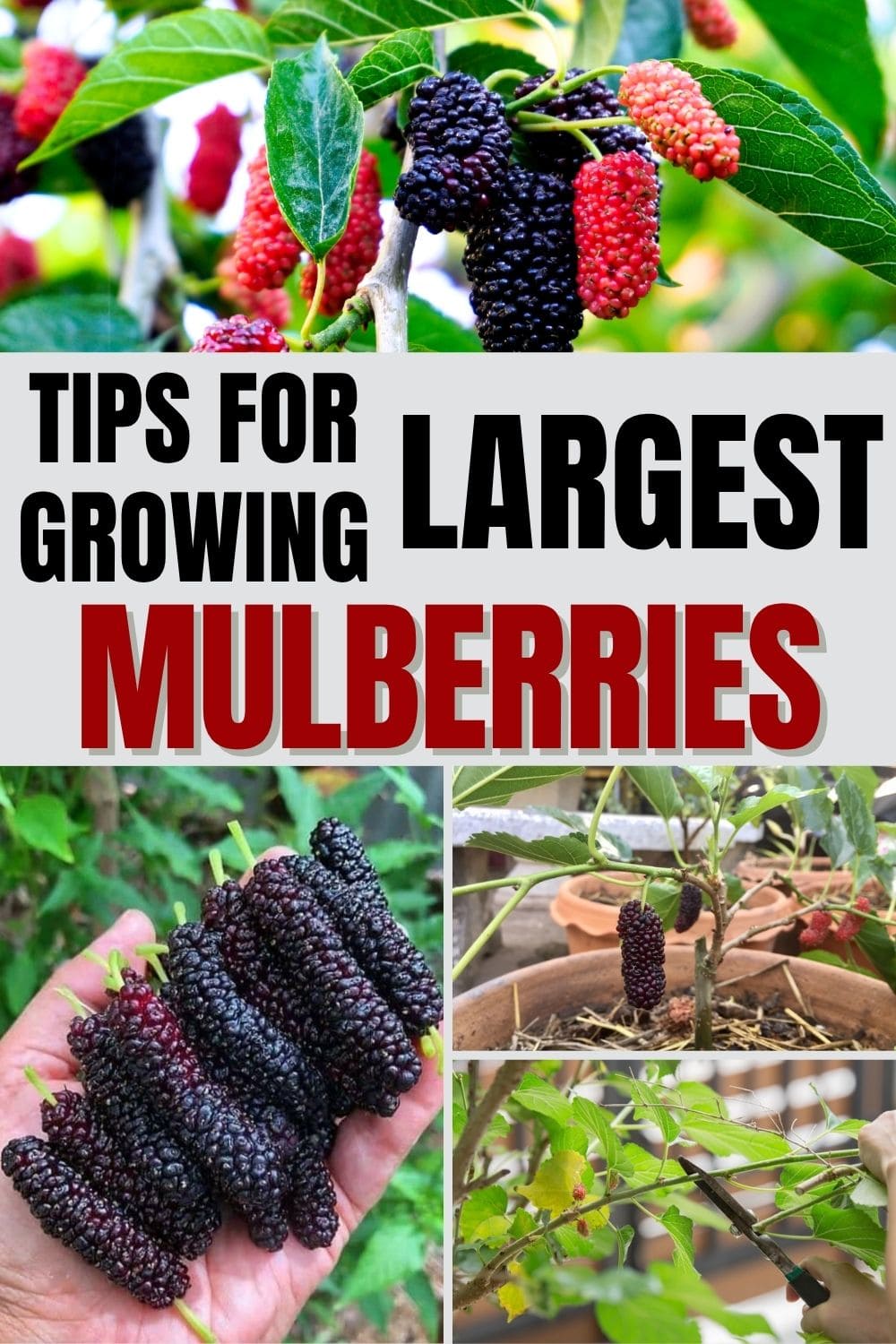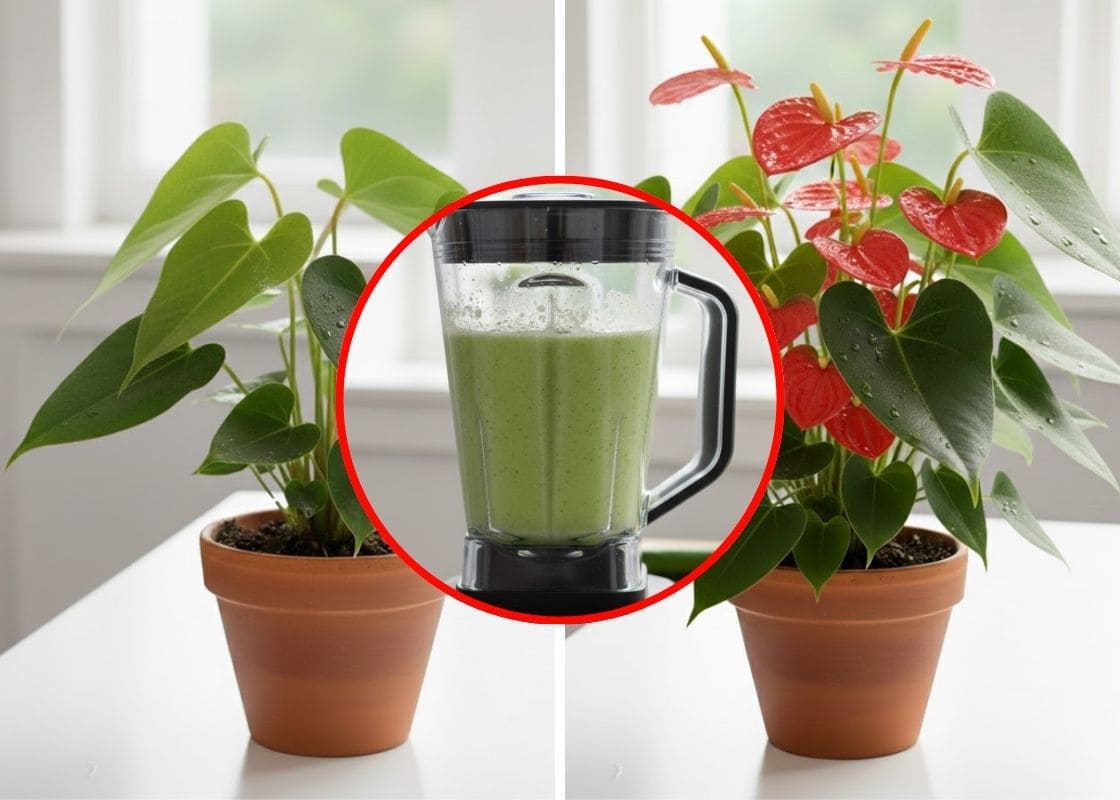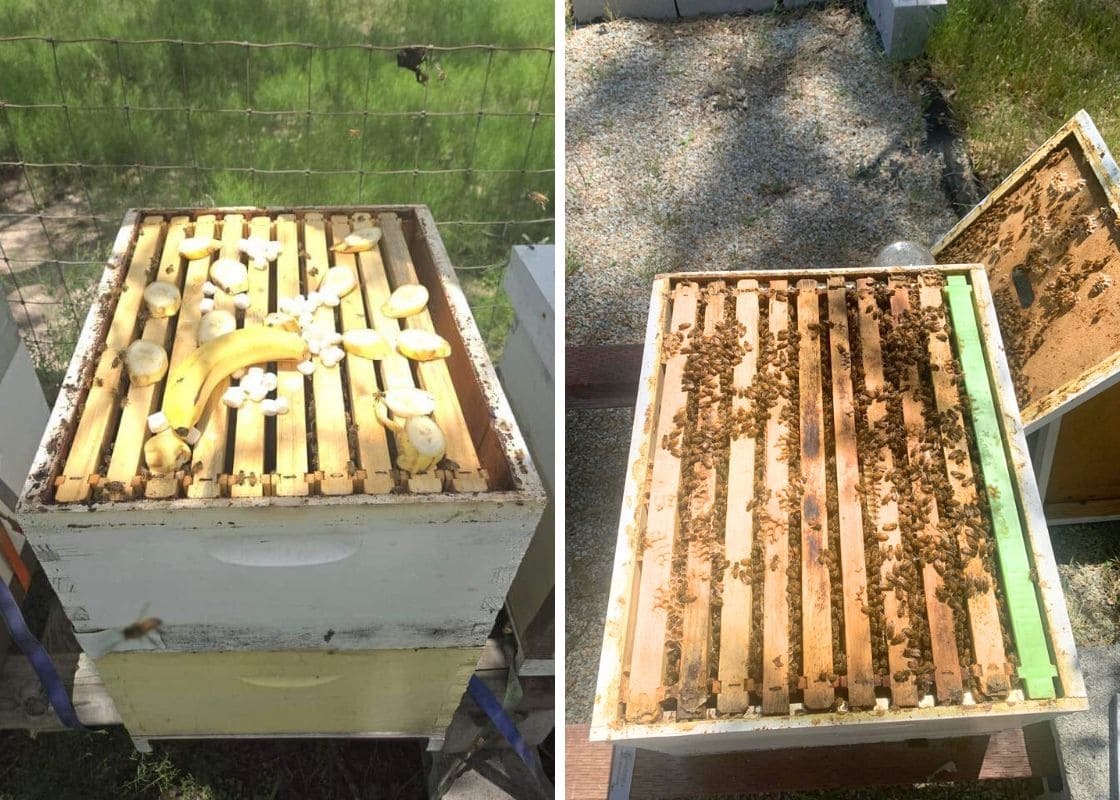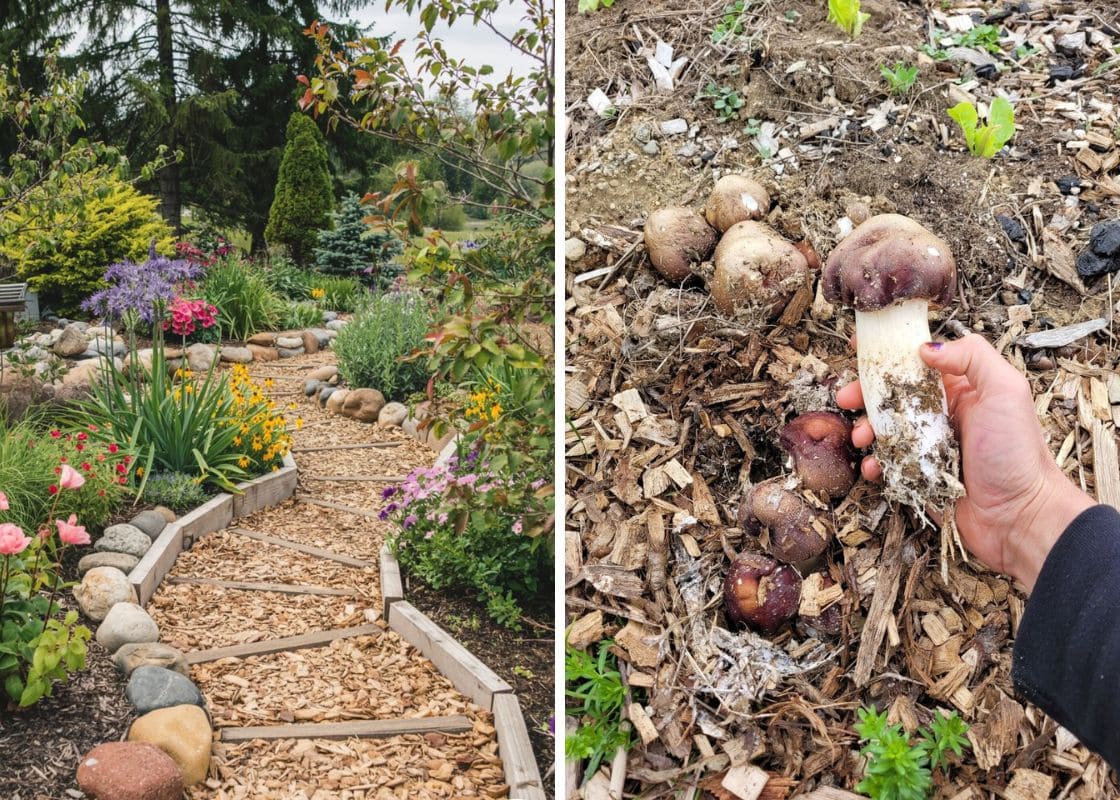When plucking a ripe mulberry from the tree and letting it burst with flavor on your tongue, it likes sun-warmed, syrupy, and impossibly sweet. If you’ve ever tasted one at its peak, you know it’s worth the purple-stained fingers.
But not all mulberries are created equal. While they’re generally low-maintenance and generous producers, coaxing the largest, juiciest, and most flavorful berries out of your tree takes a bit more intention.
Over the years, I’ve learned that the secret to better mulberries isn’t just in planting a tree and walking away. It’s about smart choices early on and consistent care throughout the growing season.
If you’re dreaming of a harvest that rivals summer fruit stands, plump berries so good they rarely make it to the kitchen, here’s how to make it happen.
1. Choose the Right Variety from the Start
If sweetness and size are your priorities, choosing the right species is half the battle. Black mulberries (Morus nigra) are widely regarded as the richest and sweetest, but they also grow more slowly and prefer warmer zones (USDA 6–9). Their fruits are often larger and more complex in flavor, think blackberry meets grape jelly.
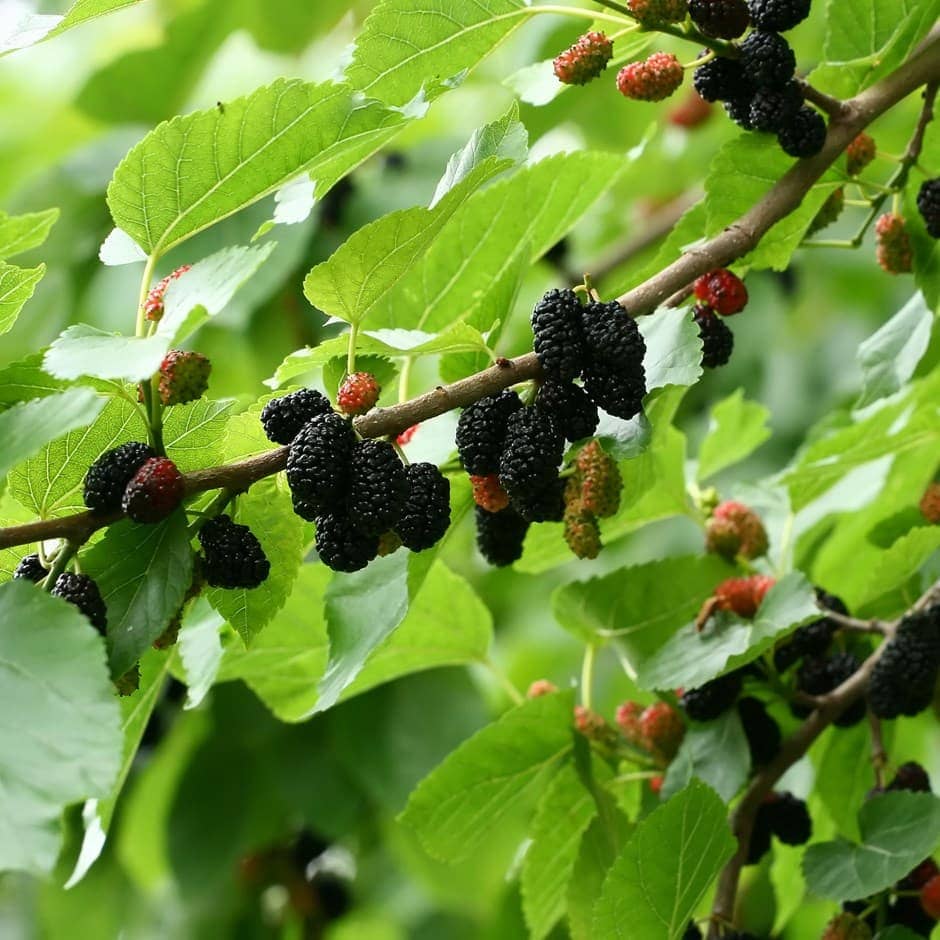
Red mulberries (Morus rubra) are native to North America and can handle more variable climates, but their berries are typically smaller. White mulberries (Morus alba) are the most vigorous growers, yet they vary wildly in taste. Some can be delightfully honey-like, others rather bland.
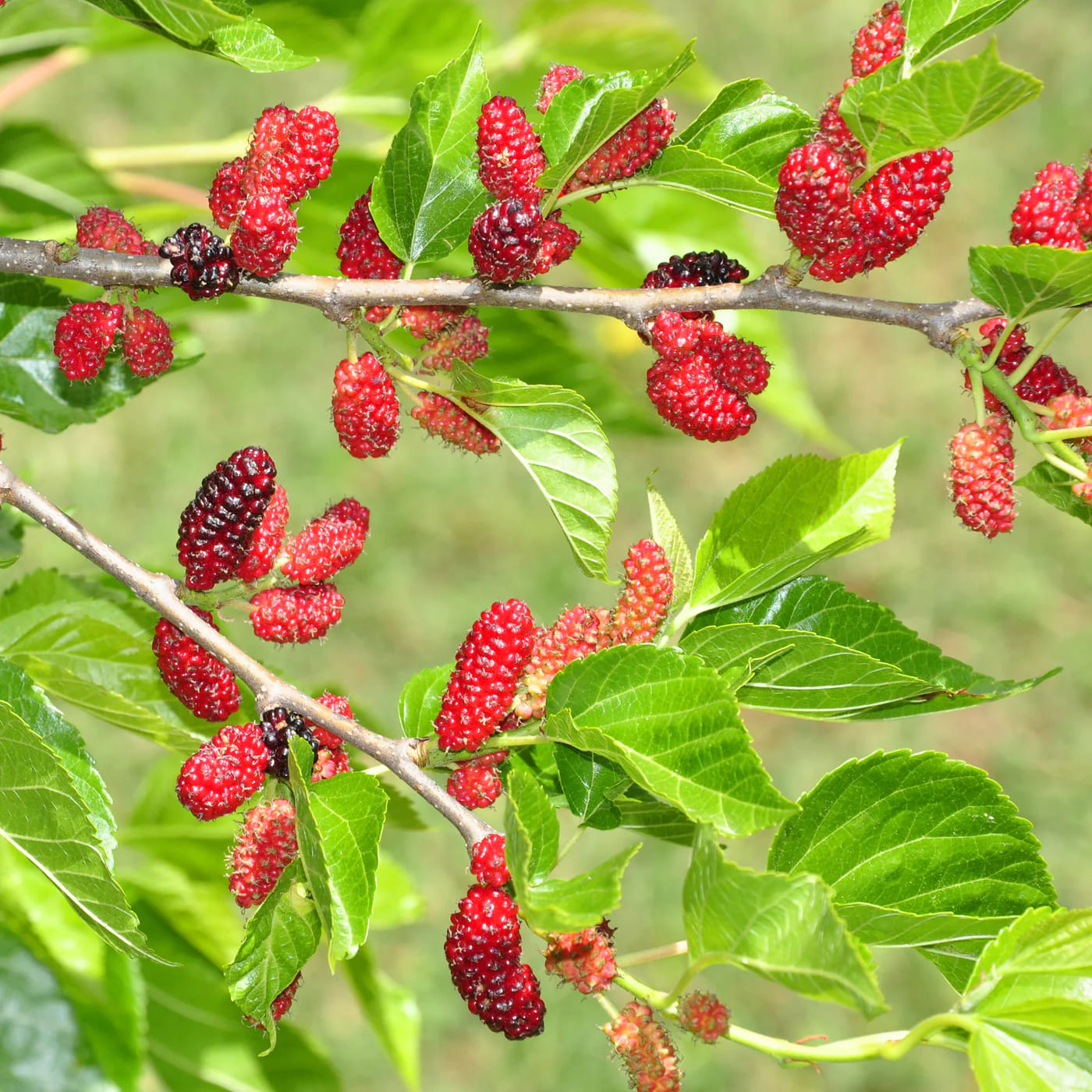
Take your climate and flavor preferences into account before planting. If you’re in a warmer zone and have patience, a Black mulberry tree might just reward you with the best fruit you’ve ever grown.
2. Sunlight Is the Ultimate Sweetener
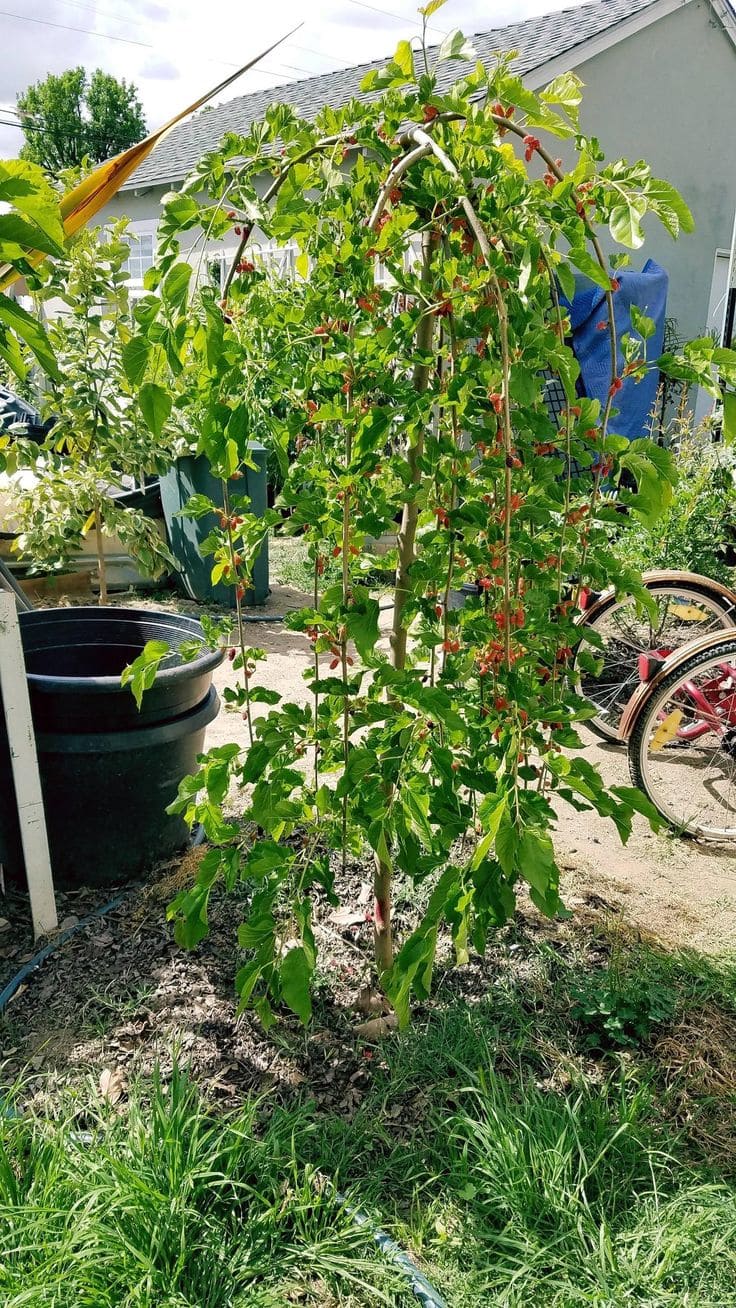
Sunlight plays a vital role in fruit development, not just for quantity but for sugar production. The more sun your tree receives, the sweeter your berries will be.
Ideally, plant your mulberry in a location that gets at least six to eight hours of full sun daily. Morning sun is especially helpful, as it dries off any lingering dew and prevents fungal issues from forming.
Besides, shade-grown trees often produce fruit that’s watery or underwhelming. So give your tree the spotlight and you’ll taste the difference.
3. Give the Roots the Right Start
Mulberries thrive in fertile, well-draining soil. They’re not overly fussy, but compacted or soggy soil can stunt their growth and reduce berry quality.
Loamy, slightly acidic to neutral soil (pH 5.5–7.0) is ideal. If your native soil is heavy clay or sandy, work in plenty of organic matter before planting.
Adding compost not only improves texture and drainage but also boosts microbial life, which supports nutrient uptake and overall root health.
4. Feed With a Fruiting Focus
It’s easy to assume that feeding your tree lots of nitrogen will make it thrive, but when it comes to fruit trees, more leaves don’t mean more berries. Too much nitrogen encourages leafy growth at the expense of flowers and fruit.
In early spring, use a balanced organic fertilizer or one formulated for fruit trees, something like 5-5-5 or 6-3-3.
Compost and worm castings also make excellent slow-release amendments. Reapply mid-season if your tree looks hungry or the berries are undersized.
Keep in mind that overfeeding can lead to soft fruit that bruises easily. So you should go for steady nourishment, not a growth spurt.
5. Prune With Purpose
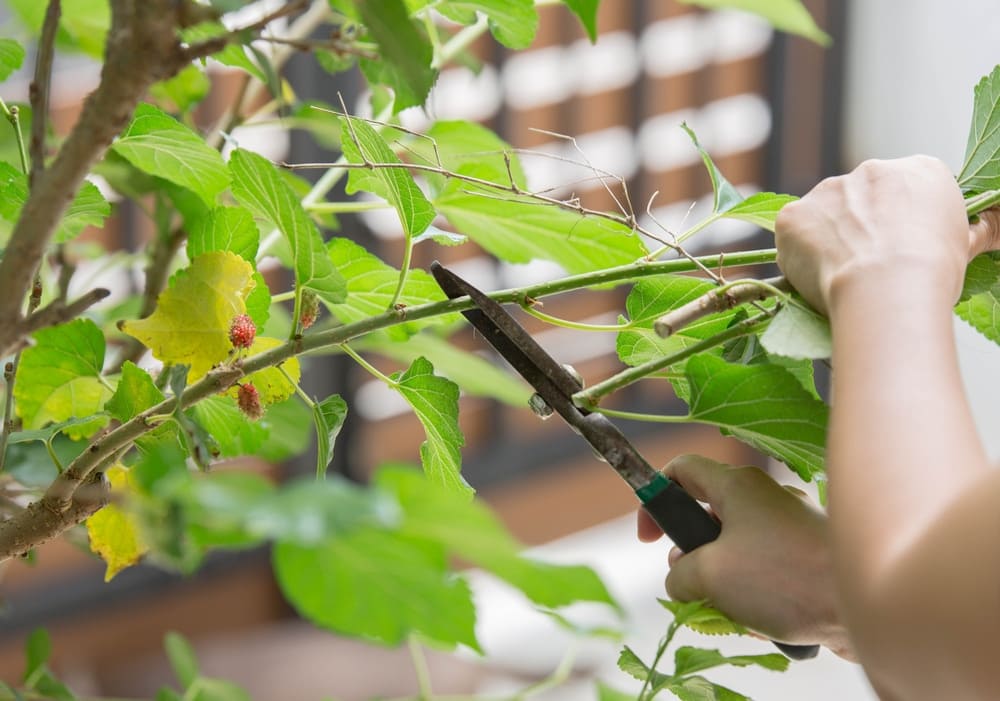
Each winter or early spring, remove any dead, diseased, or crossing branches to improve airflow and sunlight penetration.
Therefore you prune mulberry plants to reduce fungal pressure and encourage better bud development.
Cutting back overgrown branches also redirects the tree’s energy into producing larger, sweeter berries instead of just pumping out foliage.
Don’t worry about trimming too much as mulberries are vigorous rebounders. You just avoid pruning after new growth appears, as that can reduce your crop.
6. Watering: Not Too Little, Not Too Much
One of the easiest ways to mess up a mulberry harvest is with inconsistent watering. During flowering and fruiting, keep the soil evenly moist but never soggy.
A dry spell can stress the tree and cause smaller or bitter fruit. On the flip side, overwatering can lead to fungal problems and diluted flavor.
In most climates, a deep soak once or twice a week is enough. You always check the soil before watering, the top 1 to 2 inches should be dry before you grab the hose.
7. Mulch Like You Mean It
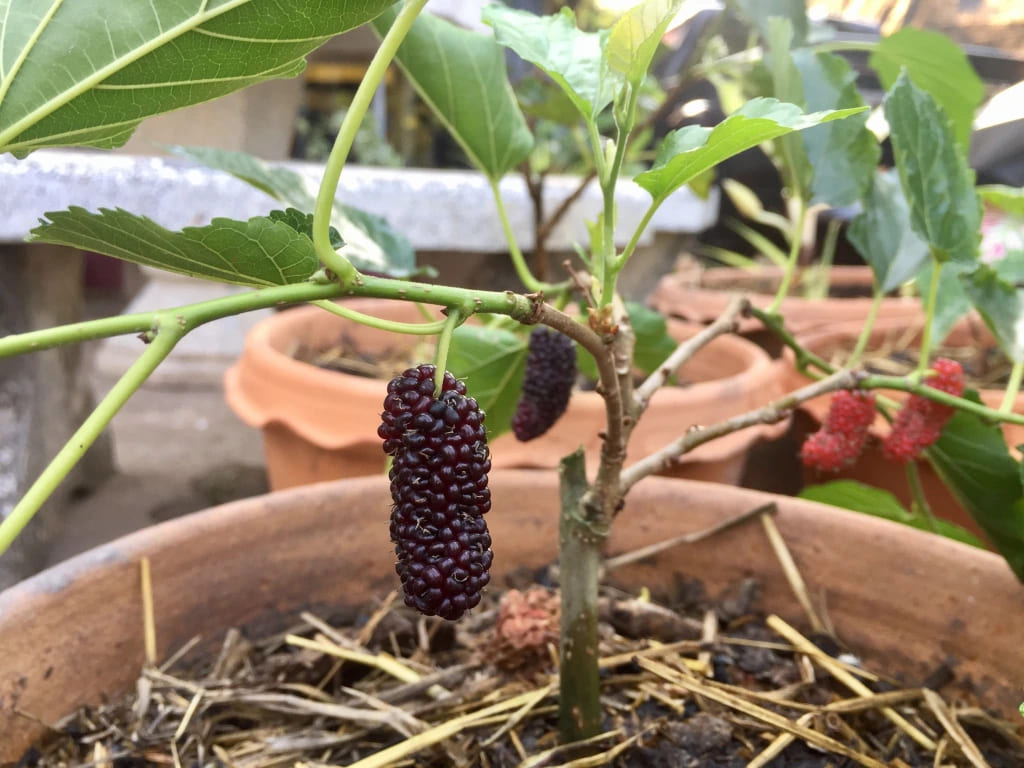
Mulching might be the most underrated fruit-growing trick. A 2- to 4-inch layer of straw, shredded leaves, or wood chips around the base of your mulberry tree keeps the soil moist, regulates temperature, and blocks out competing weeds.
It also adds organic matter as it breaks down, slowly feeding your tree. You just be sure to keep mulch a few inches away from the trunk itself to prevent rot or pests from moving in.
8. Don’t Rush the Harvest
Mulberries don’t ripen once picked, so timing is key. Wait until the berries are fully dark whether they’re black, deep red, or even purple-blue depending on the variety and give with the slightest tug. If they’re still hanging on tight, they’re not ready.
Ripe mulberries are soft, aromatic, and almost drop into your hand. Picking too early not only ruins the flavor but also stops the sugar from reaching its peak.
Additionally, I like to spread an old sheet under the branches and gently shake the tree, the ripest ones fall right off.
9. Outsmart the Birds
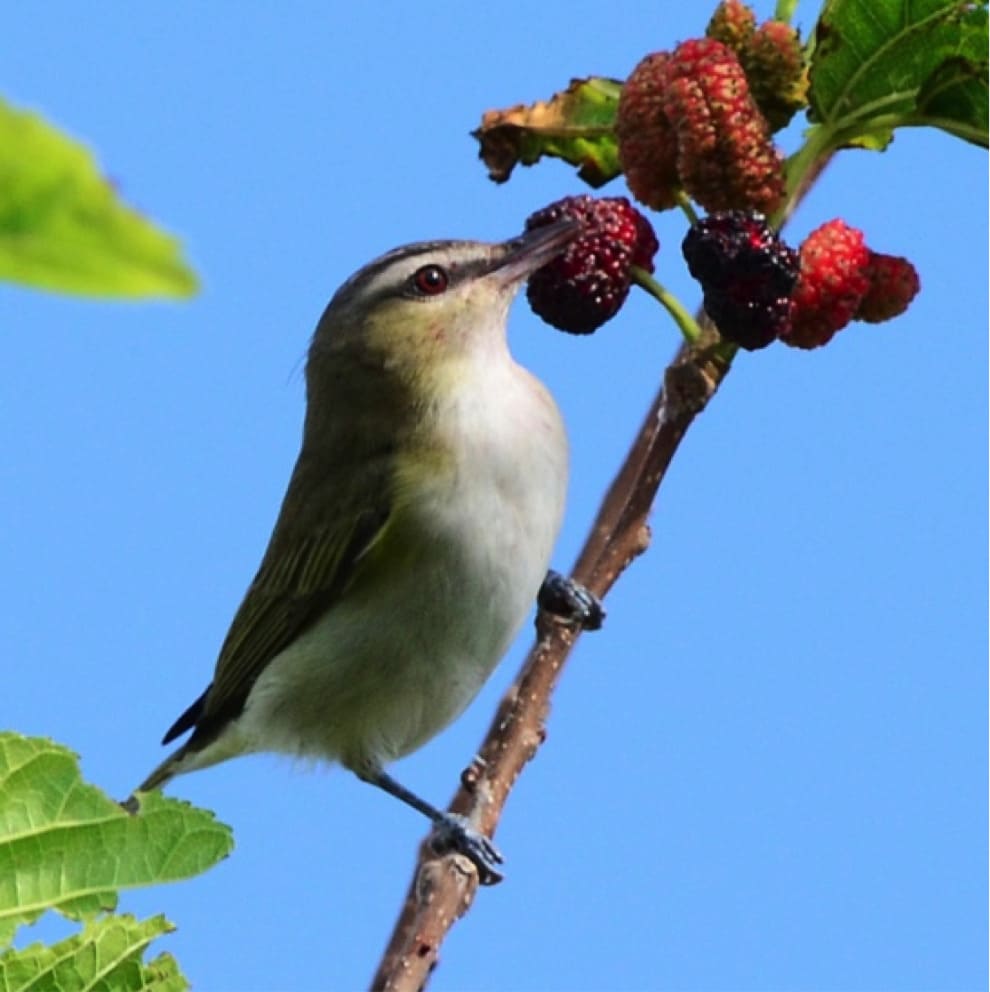
If you’ve been gardening long, you know the moment berries begin to turn, the birds turn up too. Netting your tree before peak ripeness is the most effective protection, especially if your mulberry is on the smaller side or in a container.
You can also try reflective tape, hanging CDs, or decoy owls, they work, but only temporarily. A mix of deterrents rotated throughout the season keeps feathered thieves guessing.
10. Protect the Root Zone From Competition
Mulberries don’t appreciate crowded root zones. Grass, weeds, or invasive groundcovers can compete for nutrients and water, leading to smaller, less sweet fruit.
You keep a clear circle around the base of your tree, at least 2–3 feet wide. You can use mulch, plant shallow-rooted companions like strawberries, or just maintain a clean soil surface.
